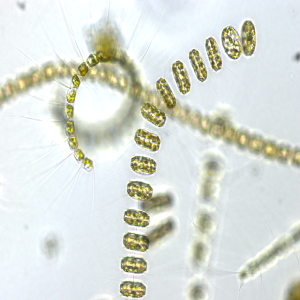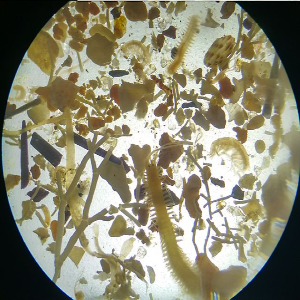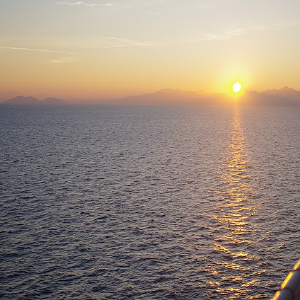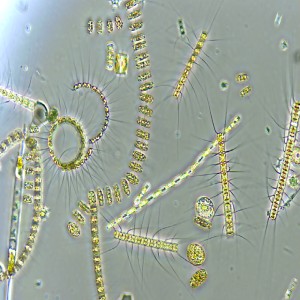Area-based historical modeling of the effects of the river bank regulation on the potential abundance of eleven mosquito species in the River Danube between Hungary and Slovakia

Submitted: 10 July 2015
Accepted: 11 November 2015
Published: 26 November 2015
Accepted: 11 November 2015
Abstract Views: 5021
PDF: 833
HTML: 974
HTML: 974
Publisher's note
All claims expressed in this article are solely those of the authors and do not necessarily represent those of their affiliated organizations, or those of the publisher, the editors and the reviewers. Any product that may be evaluated in this article or claim that may be made by its manufacturer is not guaranteed or endorsed by the publisher.
All claims expressed in this article are solely those of the authors and do not necessarily represent those of their affiliated organizations, or those of the publisher, the editors and the reviewers. Any product that may be evaluated in this article or claim that may be made by its manufacturer is not guaranteed or endorsed by the publisher.
Supporting Agencies
Hungarian Academy of Sciences. The study was supported by the TÁMOP 4.2.2.A-11/1/KONV-2012-0064, Impact of extreme weather events on surface waters subproject.Trájer, A., Farkas-Iványi, K., & Padisák, J. (2015). Area-based historical modeling of the effects of the river bank regulation on the potential abundance of eleven mosquito species in the River Danube between Hungary and Slovakia. Advances in Oceanography and Limnology, 6(1-2). https://doi.org/10.4081/aiol.2015.5439
PAGEPress has chosen to apply the Creative Commons Attribution NonCommercial 4.0 International License (CC BY-NC 4.0) to all manuscripts to be published.



 https://doi.org/10.4081/aiol.2015.5439
https://doi.org/10.4081/aiol.2015.5439







